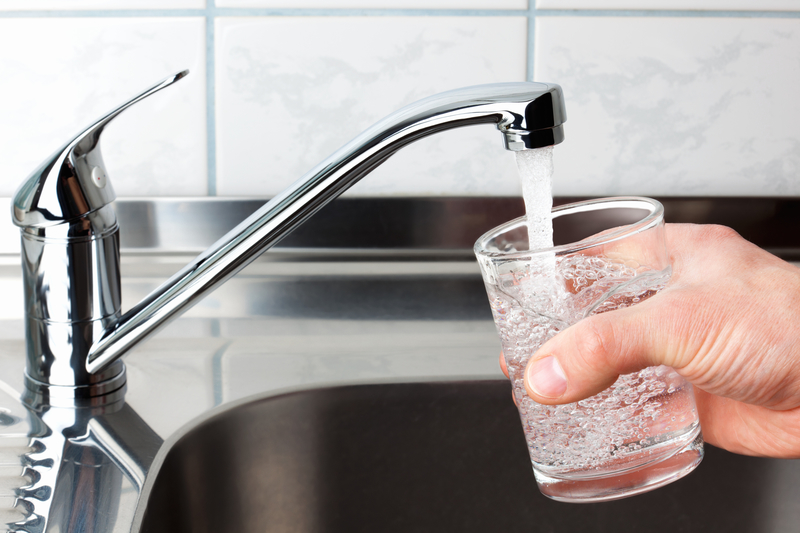There are several ways to determine whether your water supply has high levels of lead depending on where your water is sourced. The next time you fill up a glass of water to drink, you'll feel much more confident knowing that what you're putting in your body is actually healthy.
According to the Centers for Disease Control and Prevention (CDC), even a blood level of as little as 10 micrograms of lead per deciliter can have a harmful effect on a child’s learning and behavior, for example.
Lead exposure can damage the body’s nervous and reproductive systems as well as the kidneys. It also can contribute to high blood pressure and anemia. Lead accumulates in the bones, and therefore it interferes with the body’s metabolism of calcium and Vitamin D.
The Quickest Ways To Test Your Water For Lead
If your water comes from a private well, visit EPA.gov/privatewells.
Lead also can come from your own home’s interior pipes or from the line coming from your main supply to your home.
1. If you use utility water, then contact your local water authority for lead test results. Test results should fall below the EPA’s action level of 15 ppb. (This number means 15 particles of lead in a billion particles of water.)
2. Inquire about testing of the service pipe (header pipe) at your street.
3. If the header pipe also tests for safe lead levels, it is time to test the water within your home. Many local water agencies will test your home’s water for no cost.
4. If this service is not available, you can schedule a test by a state-certified testing laboratory. Visit this EPA link.
5. Another option – especially if you use well water — is to use a national testing service, such as National Underwriter Laboratories. Cost can range from about $50 to $500, depending on how many contaminants that are screened.
6. Hardware stores and home-improvement stores sell these do-it-yourself kits, and the prices usually range from about $15 to about $60 per test kit.
If you go this route, be sure to follow the package directions carefully. You should test “first draw” water, or the water that comes out of your faucet after sitting for about eight hours or overnight.
Have you tested your water for lead? Did you do it yourself or did you have a testing service do it?
Article Source: Off The Grid News
